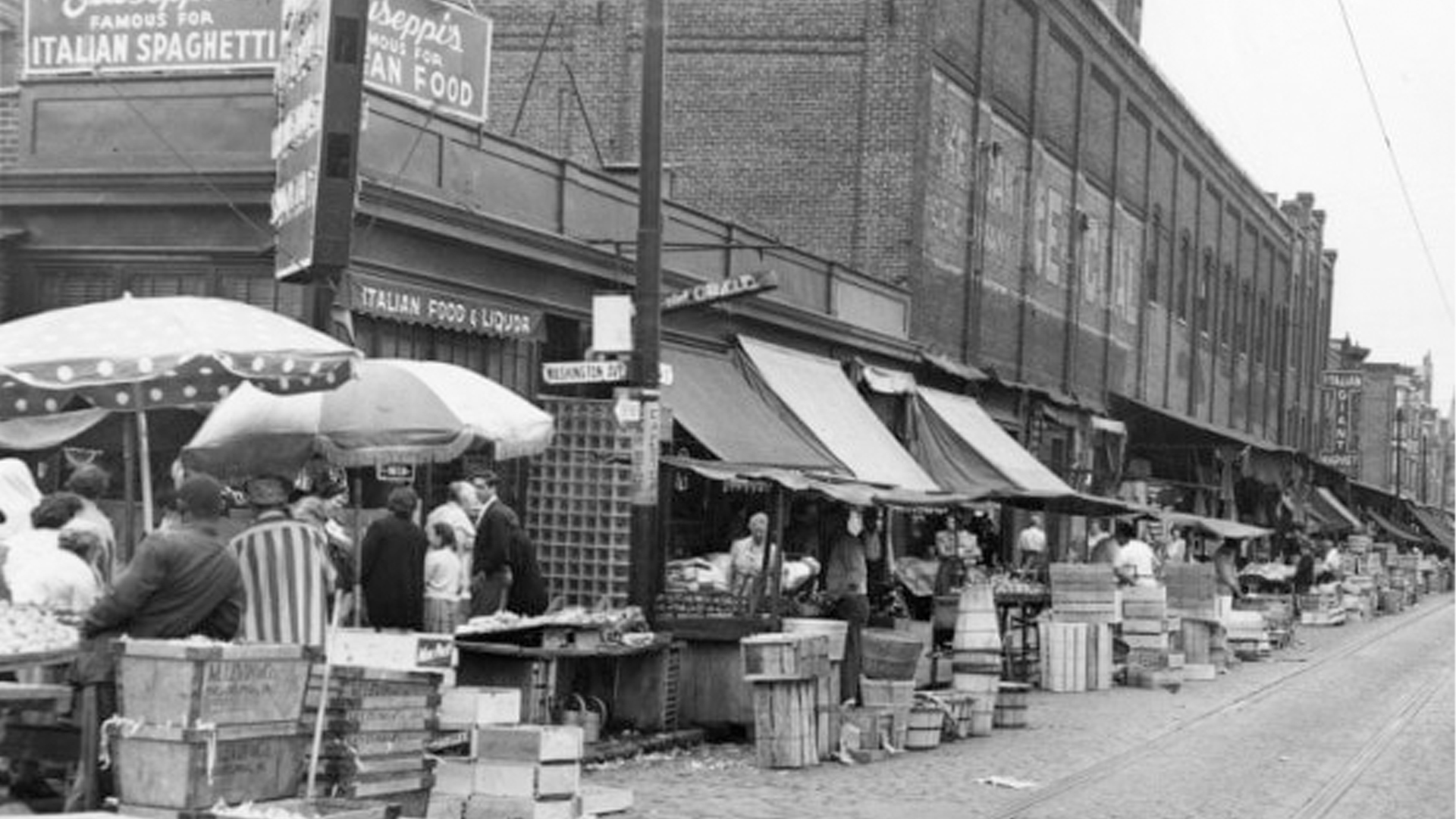One of the United States’ greatest and oldest Italian enclaves is found in Pennsylvania.
The earliest contact between the Philadelphia region and Italy occurred during the 17th century. Philadelphia became a magnet for northern Italian immigrants to British North America, who could profit by connecting the city to ports such as Genoa.
Many of these skilled Northern immigrants were musicians, artists, scientists, intellectuals, artisans, and entrepreneurs. In 1791, the Republic of Genoa appointed its first consul in Philadelphia from the Italian peninsula. They were to be responsible for trade relations. The Risorgimento (movement for Italy’s political unification) pushed many Northern Italians out of Italy. Philadelphia had become a beacon in the United States, representing the epitome of American freedom. From the early 1880s to the mid-1920s marked the peak of Italian mass migration to Philadelphia.
At the end of the 19th century and early 20th century, South Philadelphia was seeing a wave of Italian immigration from Southern Italy. Many came from the regions of Abruzzo (formerly, Abruzzi), Campania, and Sicily.
Italians in Philadelphia
Historically, Italians retained a strong sense of regional, provincial and local belonging. This created a unique drawback in the Italian immigrant community as a lack of national identity failed to create a tight-knit ethnic community. They were separated by dialects, traditions, and cuisine. Enclaves began to form with immigrants from the Abruzzi region living in one neighborhood, the Sicilians establishing part of the city, and the highly skilled northerners from Friuli creating their own Italian quarter.
Unlike their Northern predecessors, Southern Italian immigrants were unskilled laborers that were often confronted with discrimination, branded as violent, and prone to crime in relation to the mafia.
The number of Italian-born residents in the city declined steadily from 1940 to 1990. South Philadelphia’s population of Italian origin fell by nearly 60 percent during the 1970s. Italy’s economic growth in the industrial sector between the late 1950s and the early 1960s slowed emigration because it allowed Southern Italians to find employment in the northern Italian regions.
Legacy
However, since the late 1990s, Philadelphia has witnessed a renaissance of immigration from Italy. These immigrants, who make up most of the city’s recent Italian-born population, were mostly graduate students, young professionals, researchers, and academics attracted by better education, higher quality of life, larger income, and more rewarding jobs. By 2010, Philadelphia became home to the second-largest Italian-American population in the United States. The legacy of the Italian and Italian-American identity endures in Philadelphia and it’s a testament to a strong beautiful culture filled with lasting traditions, deep community ties, and incredible pride.
Think You Know all about Italians in Philadelphia?
Arianna DiCicco
Arianna DiCicco is an educator and writer from California, born into an Italian American restaurant family with strong ties to her grandparents’ home in Abruzzo, Italy. She has lived in San Francisco, Rome and New York City where she’s made deep connections within the Italian communities and gained new perspectives about her own culture. With a Masters in International Education, Arianna has a love and passion for learning and educating others about Italian history & culture.

